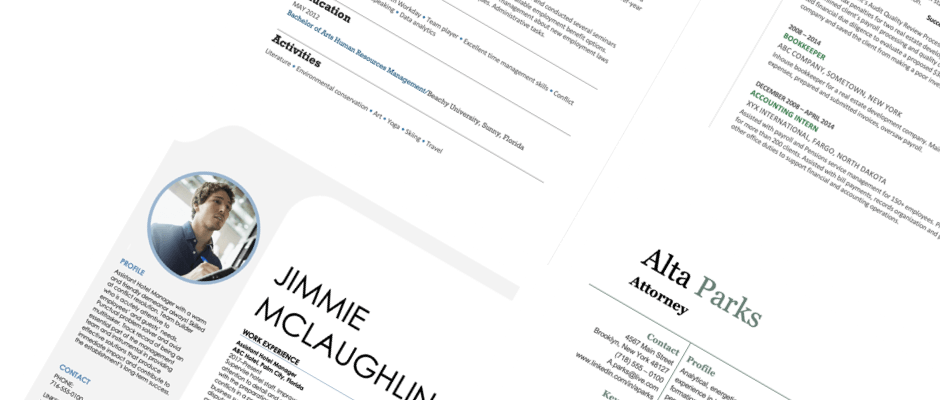10 Keywords To Use In Job Ads And Resumes
Without Using The Right Phrases And Words In Your Job Ads, You Cannot Attract The Right Candidates.
Likewise, for job seekers, there are phrases to avoid on your resume, LinkedIn profile, and perhaps in other parts of your career path.
At least, that’s what Skynova’s data suggests, based on research into practical and ineffective ways to engage employees. If you want to advertise a job opportunity, choose your words carefully.
Job seekers should also update their resumes and LinkedIn profile. Avoid dramatic phrases if you want to be successful.

Make a positive impression on your resume.
Have you ever worked with a guru? That super dynamic and intelligent person who gets through every presentation quickly and never makes a mistake? Is this guru a robot? In reality, such colleagues rarely exist. In a survey of more than 1,000 job seekers and HR professionals, 25% of respondents said that using the word guru had a negative impact. So how do you build credibility as a job seeker? Choose your words carefully.
Five important words you should avoid using in your resume or LinkedIn profile:
1. Guru
2. Competitive
3. Ninja
4. A challenge
5. genius
Create a positive impression in the recruitment advertisement
For employers, there are work-breaking phrases here that they should know. Using this chart, you can see what applicants want, what attracts people to your ads, and what turns them off.
According to a Skynova survey,
- 7 out of 10 job seekers consider salary and benefits as the most critical aspect of a job advertisement (64%)
- In 74% of employment advertisements, the amount of salary is mentioned. In such a way that 80% of them declare the received range, and in 20% of them, a particular figure is inserted. Job seekers are more likely to apply for a job that states a specific figure rather than a monthly salary range.
- According to job seekers, 49% of job ads use annoying words that have just become popular, and 38% use incomprehensible terms specific to trade.
Five words are considered valuable and attractive for the survey respondents. Those keywords are:
1. Growth – 42 percent
2. Flexible – 36%
3. Motivated – 16 percent
4. Challenge – 12%
5. Creative – 5%
in a labor market where the power has changed from employers to employees, the main issue is meeting the demands of employees. Therefore, in your ads, you should not make promises to people that you cannot fulfill; Rather, you should show how you have designed the world of work according to the job seeker’s needs.
Do you have to include the amount of your monthly salary in the employment advertisement?
Another exciting aspect of this survey is the monthly salary details. For example, some jobs may have a salary range listed, while similar ads may not have any salary levels listed. Does the lack of specific rights discourage potential job applicants? In this survey, the respondents said that salary details do not have a particular impact.
An equal number of respondents (72 percent) said they were likely to apply for that job when they came across two similar ads, one with a salary and the other not. Although in 20% of these ads, a specific figure was set, and 80% of them announced the range of the received amount to give the employer and the job seeker room for negotiation. In general, 74% of job advertisements refer to monthly salaries.
last word
So, what is the right decision for you and your organization? Don’t forget that salary is only part of the equation. Organizational culture is also essential. Earnings are not the same everywhere, and today’s workforce has more choices than ever. The ability to be creative, challenged, and grow is at the top of the list for many applicants.
To strike a balance, employers and job seekers must say who they are. Remember that the best way to introduce yourself or describe a job opportunity often depends on your serving audience.
What is your solution for job seekers? Addressing organizations, what is the environment you offer? You don’t have to be a guru to know your worth. When there is mutual alignment, the following career path is determined.

